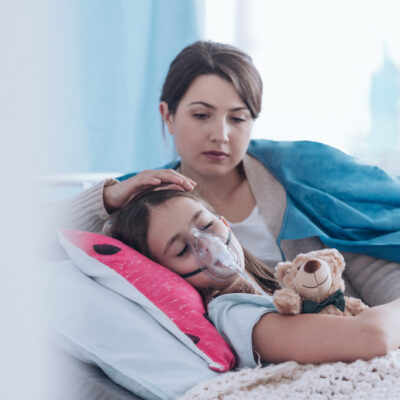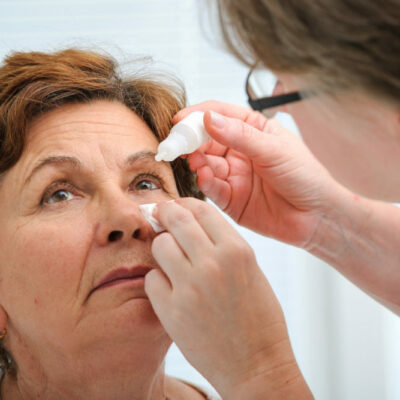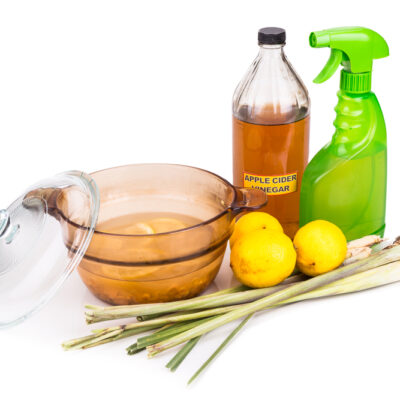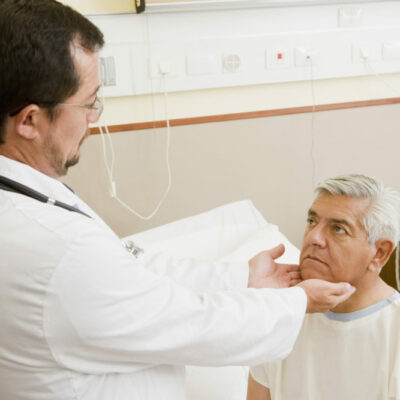
Health
The Most Common Cancer Treatments
Cancer is considered one of the most common causes of death in North America. It’s a disease that triggers the cells of the body lose control over the cell cycle, as a result the cells grow at abnormal and uncontrollable rates to form a cluster of cells, or tumor. In later stages, the cancer can metastasize, or spread, to other parts of the body. With the advancement of technology, the prognosis for many types of cancer is positive when caught early. The following treatments may help reduce the symptoms, and also stop the disease from progressing. While some treatments are meant to improve the lifespan of cancer patients; others are aimed at shrinking the size of the tumor: 1. Chemotherapy Chemotherapy is a process where specific drugs are injected into the body to kill cancer cells. Chemo works by inhibiting the abnormal cell cycle machinery and inactivating them to further multiply. 2. Surgery Surgery is done if the cancer cells are localized and have not metastasized. In this process, the tumors, along with a margin of healthy cells, are subsequently removed. 3. Radiation therapy Radiation therapy is a radiology based method where a high-powered beam of energy rays that consist of protons or X-rays is used.
Read More 















